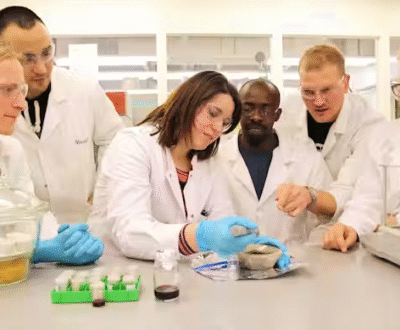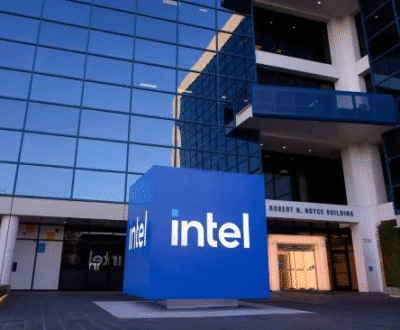Python Installation Guide
Many PCs and Macs come pre-installed with Python. To check if Python is already installed on your Windows PC, search for \”Python\” in the start bar or run the following command in the Command Line (cmd.exe):
C:UsersYour Name>python --version
On Linux or Mac, open the command line or Terminal and type:
python --version
If Python is not installed, you can download it for free from the official website: Python.org.
Python Quickstart
Python is an interpreted programming language, allowing you to write Python (.py) files in a text editor and execute them using the Python interpreter. To run a Python file from the command line, use:
C:UsersYour Name>python helloworld.py
Here\’s a simple \”helloworld.py\” example:
# helloworld.py
print(\"Hello, World!\")
Save the file, open the command line, navigate to the file\’s directory, and run the command. You should see:
Hello, World!
Congratulations, you\’ve executed your first Python program.
The Python Command Line
You can test short snippets of Python code directly in the command line. To access the Python command line on Windows, Mac, or Linux, type:
C:UsersYour Name>python
If \”python\” doesn\’t work, try \”py.\” Once in the Python command line, you can execute Python code interactively. For example:
# Python command line
>>> print(\"Hello, World!\")
This will output:
Hello, World!
To exit the Python command line, type:
>>> exit()
About us and this blog
We are a digital marketing company with a focus on helping our customers achieve great results across several key areas.
Request a free quote
We offer professional SEO services that help websites increase their organic search score drastically in order to compete for the highest rankings even when it comes to highly competitive keywords.
Subscribe to our newsletter!
More from our blog
See all postsComments are closed.
Recent Posts
- Scientists discover how to use your body May 9, 2025
- Top 50 Institutes offering AI Courses in India 2025 December 28, 2024
- iOS 18.2 Features: A Complete Breakdown of Apple’s December 27, 2024










Pingback: python interview questions - IT solutions